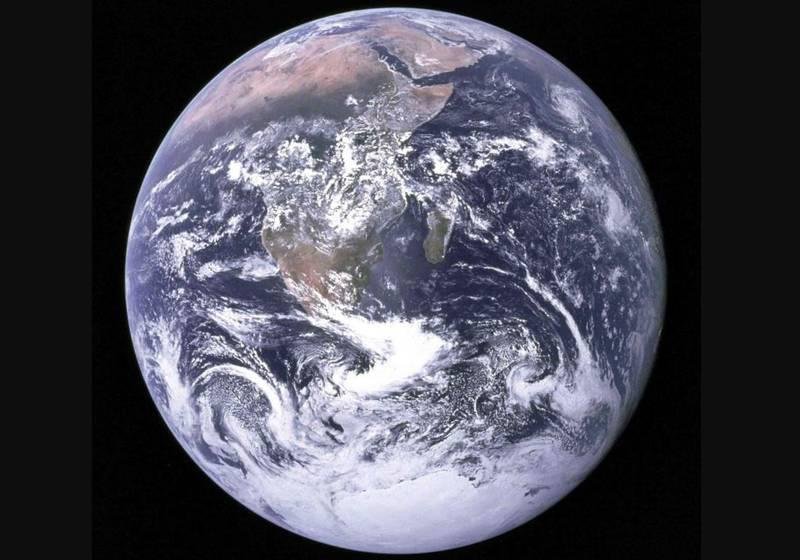The US National Oceanic and Atmospheric Administration (NOAA), a climate and ocean conditions forecasting agency, shared a video to celebrate the arrival of spring, which occurred earlier (on March 19) in some parts of this year. with a year-long compilation of Earth images, It was captured by the planet’s satellites in geostationary orbit.
High-speed video released on the X platform is a collage of snapshots of the Earth’s surface Taken daily at 7:50 a.m. ET (8:50 a.m. Brasília time) throughout 2023. It is orbiting Earth more than 35,000 kilometers above the equator by NOAA’s GOES-Leste satellite, also called GOES-16.
Since such satellites move at the same speed as the planet’s rotation, this means they see the same area every day. In other words, from its fixed point it can track and identify potential extreme weather events and environmental threats, as well as predict storms one to two days in advance.
Operations of NOAA satellites in Earth orbit
#AstronomicalSpring originated in the Northern Hemisphere and @NOAA‘S #GOESEAst ??? Over the past year, he has been monitoring the sun’s angle as it changes due to the Earth’s 23.5° tilt.
As we say goodbye to winter, learn more #equinox today… pic.twitter.com/ixGaAFIrJ1
—NOAA Satellites (@NOAASatellites) March 20, 2024
NOAA satellites (the other being GOES-17) track the terrestrial region known as “terminators” from where they are “dormant” in space, is the imaginary line separating the day side of the planet from the night side.
In the video, it is possible to observe how this twilight zone, where the day ends, constantly changes throughout the year. The images show our planet’s 23.5-degree tilt relative to its axis, which affects the length of days and nights.
GOES-16 and GOES-17 are Geostationary Operational Environmental Satellites – R Series (GOES-R). Operating as GOES East, GOES-16 monitors most of North, Central and South America, the Caribbean and the Atlantic Ocean to the west coast of Africa. GOES-17, also called GOES-West, monitors the western continental United States, Alaska, Hawaii and the Pacific Ocean to New Zealand.
Spring came early to the Northern Hemisphere in 2024
In 2024, the vernal equinox occurred at 03:07 GMT, marking the official start of spring in the northern hemisphere. the station arrived in the US on March 19before the dates it usually occurs (March 20 and 21).
This is the first time This spring expectation in the USA takes 128 years. On the 19th, the GOES-16 satellite saw the sun shining directly over the equator because the Earth was not tilted relative to its axis that day.
At the vernal equinox, the earth’s axis was at right angles to the sun, resulting in nearly equal hours of day and night. Therefore, the terminator shows a straight cut dividing the Earth into two halves of the same size.
Did you like the content? So, stay up to date with more curiosity about our planet at TecMundo and take the opportunity to understand why the Greenwich Meridian is not where it should be.
Source: Tec Mundo
I’m Blaine Morgan, an experienced journalist and writer with over 8 years of experience in the tech industry. My expertise lies in writing about technology news and trends, covering everything from cutting-edge gadgets to emerging software developments. I’ve written for several leading publications including Gadget Onus where I am an author.













